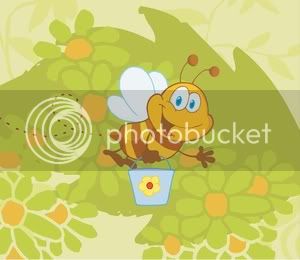Ta Tier. I use TOLweb a lot as I not got Ehrmann and tolweb has a lot of the Ehrmann lists and it showed Popa as one species.Lombardo F. (1995) A review of the genus Popa Stil1856 (Insecta Mantodea). Tropical Zoology, 8(2) 257-267.
"It is suggested that Mantis undata Fabricius, 1793 does not belong to the genus Popa Stil 1856 as believed until now, but to the Indian genus Ambivia StAl, 1877 (n. comb.). The systematic position of the species of Popa is re-examined and a single species, Popa spurca StAl, 1856 (= P. undata auct. nec Fabricius) is recognised. The species is differentiated into two subspecies, one being Popa spurca spurca Stil, 1856 (= P. stuhlmanni Rehn 1914, P. batesi Saussure & Zehntner 1895) (n. syn.) widespread throughout all Africa south of the Sahara, except in the east which is populated by the other subspecies, P. spurca crassa (Giglio-Tos 1917)."
Ta What for making clear the issues involved in a concise and comprehensible way.
Many similar quandries to Nikko's occur and I don't think the answer is always Oi stop you'll make freaks. The answer is not always yay new blood either. I think an effort should be made to preserve culture lines but if it risks the culture remaining in culture then consideration and discussion of the way forward is responsible.
With some genera like Miomantis, they are very difficult to classify and so we often see Mio sp. Creo sp. In addition for many imported species the id can be initially wrong, the current culture Sphodromantis cf. aurea is a great example as it has had four names to date. This is where the 'never been down' for me IGM is so handy http://www.hotel-grille.de/IGM-Nummern.htm.
One day Popa spurca and Popa spurca crassa might become two biologically distinct species.
At Phil, many people advertise for breeding stock without mentioning the culture source. This has been seen as a problem most recently with Deroplatys lobata as a few geographically distinct stocks have been around at the same time. Whilst the pure stock of a Deroplatys lobata exists it has the number and is labelled pure stock and if you breed with a seperate stock you use a mixed stock number or no number. If no pure stock remains but the culture is still going it gets labelled mixed.Phil. The problem with crossbreeding lines that carry an IGM number is that that number no longer applies. Isn't that obvious? If IGM numbers have value, then producing a non IGM strain from two IGM strains robs them of a lot of useful information.
Last edited by a moderator:














































